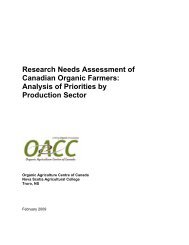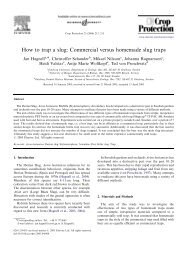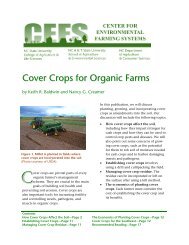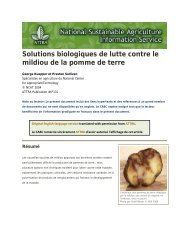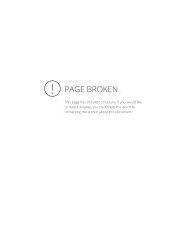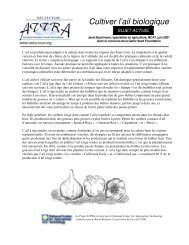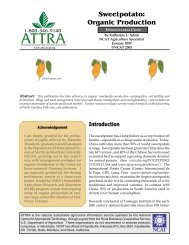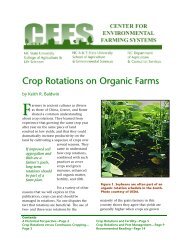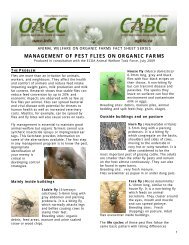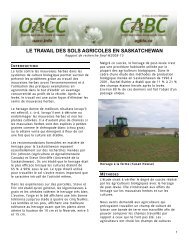Recommended Animal Handling Guidelines and Audit Guide
Recommended Animal Handling Guidelines and Audit Guide
Recommended Animal Handling Guidelines and Audit Guide
- No tags were found...
Create successful ePaper yourself
Turn your PDF publications into a flip-book with our unique Google optimized e-Paper software.
<strong>Recommended</strong> <strong>Animal</strong> <strong>H<strong>and</strong>ling</strong> <strong><strong>Guide</strong>lines</strong> <strong>and</strong> <strong>Audit</strong> <strong>Guide</strong> 2007 Edition A restraint device must either fully support an animal or have non-slip footing so theanimal can st<strong>and</strong> without slipping. <strong>Animal</strong>s panic if they feel like they may fall. Restraint devices should hold fully sensible animals in a comfortable, uprightposition. Shackling <strong>and</strong> hoisting, shackling <strong>and</strong> dragging, trip floor boxes <strong>and</strong> legclamping boxes are not acceptable. Restrainers that rotate animals on their backs areused rarely in glatt Kosher operations in the United States, but more commonly inglatt Kosher operation in South America <strong>and</strong> Europe. For information on using <strong>and</strong>auditing these devices, refer to: www.gr<strong>and</strong>in.com (Ritual Slaughter Section). Restraint devices must have controls that enable the operator to control the amountof pressure that is applied. Different sized animals may require differing amounts ofpressure. Hydraulic or pneumatic systems should have controls that enable a cylinderon the device to be stopped in mid-stroke. Never hold an animal in a head restraint device for more than a few seconds. Theanimal should be stunned or ritually slaughtered immediately after the head holderis applied. Head restraint is much more aversive than body restraint. <strong>Animal</strong>s can beheld in a comfortable body restraint for longer periods. The animal’s reaction shouldbe observed. If the animal struggles or vocalizes, it is an indication that the device iscausing discomfort. Restraint devices should not have sharp edges that dig into an animal. Parts thatcontact the animal should have smooth rounded surfaces <strong>and</strong> be designed so thatuncomfortable pressure points are avoided. On V conveyor restrainers, both sides should move at the same speed. To test this,mark each side with tape or a crayon. If after a minute of movement the marks donot appear in synch, the speed should be adjusted.It is possible to modify existing restraint devices to lower vocalization <strong>and</strong> agitation scores. Balkingat the entrance is also easy to reduce. Most of the modifications that would reduce animalagitation <strong>and</strong> vocalizations can be installed at a minimum expense. Floor grating, lighting <strong>and</strong>shields to block vision are examples of some relatively inexpensive but effective modifications.Section 6: <strong>Recommended</strong> Stunning PracticesGood stunning practices are also required to achieve compliance with federal humane slaughterregulations. Good stunning also promotes animal welfare <strong>and</strong> meat quality. When stunning isdone correctly, the animal feels no pain <strong>and</strong> it becomes instantly unconscious. Stunning an animalcorrectly also results in better meat quality. When using electric stunning systems, improperstunning will cause blood spots in the meat <strong>and</strong> bone fractures.24AMI<strong>H<strong>and</strong>ling</strong>Slaughter<strong><strong>Guide</strong>lines</strong>07.1AMIJune 11, 2007



